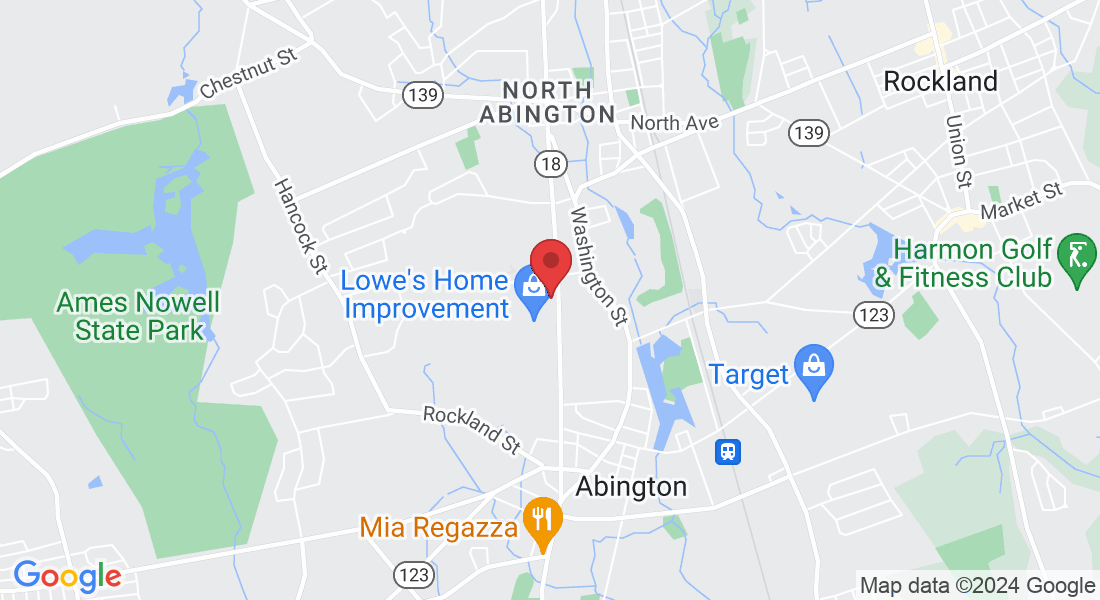HISTORY
the start...
History of Candlepin Bowling...
Candlepin bowling is unique to some parts of New England and Eastern Canada. Most people in the rest of the bowling world have no idea that there are different types of bowling!

B.C 5200
The history of small ball bowling actually dates back almost 7000 years. As was the custom, ancient Egyptians buried the departed’s most prized possessions with the deceased. The illustration to the left is from
The Making of Egypt
by Sir Flinders Petrie. It gives evidence from 5200 B.C. of small ball bowling.


1588
Throughout history, the act of using a small handheld ball to either bowl at other small balls (lawn bowling and boccie) or at pins was evident throughout the world. The illustration to the right depicts a game of “Skittles” being played in 1588 by the great English Admiral, Sir Francis Drake. In the background the Spanish Armada approaches in the English Channel.

1590
The history of small ball bowling actually dates back almost 7000 years. As was the custom, ancient Egyptians buried the departed’s most prized possessions with the deceased. The illustration to the left is from
The Making of Egypt
by Sir Flinders Petrie. It gives evidence from 5200 B.C. of small ball bowling.


1600
Now, a little closer to home both in location and in time, the illustration to the right shows the Pilgrims throwing a small ball at small pins in the early 1600’s. This photo is found exhibited at the Plimouth Plantation, Plymouth, Mass.

1880
This photograph shows the two men credited with giving us Candlepin Bowling. The man on the left, Justin “Pop” White, left his job to buy a bowling establishment in Worcester, Mass. Back then many different types of pins were is use, but in 1880 using 12-in pins the game became very popular. The man on the right, John J. “Jack” Monsey promoted this new game of Candlepins. Now the game was standard in Worcester.

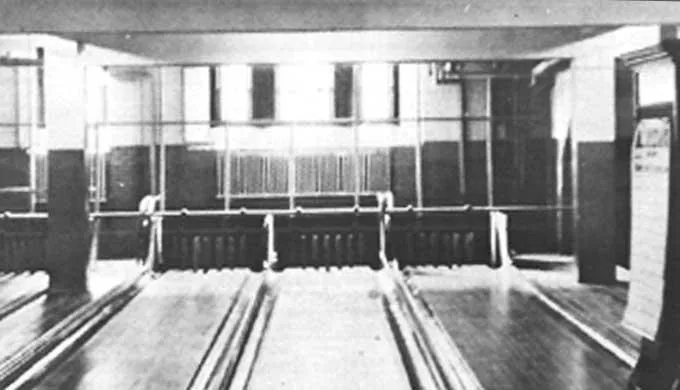
1905
This photograph shows the alleys in the Worcester Y.M.C.A. Note the poor lighting, the stand-up scorecard at the foul line, the unfinished lanes, unpainted pins and during this time, bowling balls made out of various materials of differing sizes.

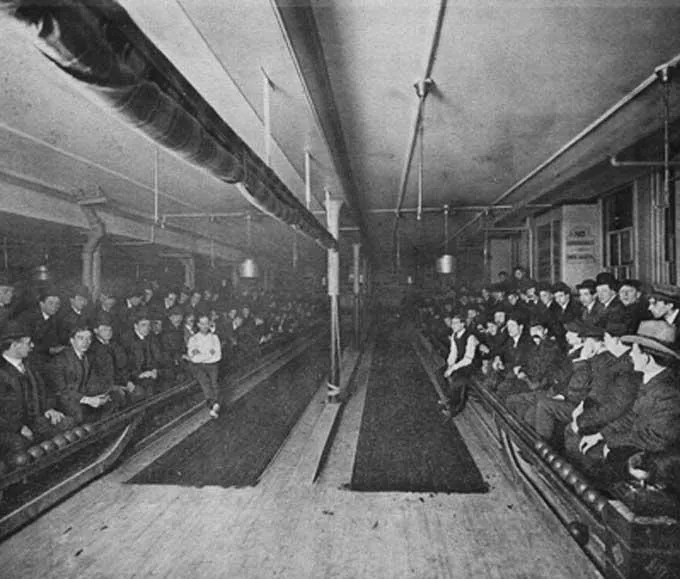
1906
This photo, taken in Worcester about 1906, shows the huge crowd sitting to watch a match between Billie Winch and a man named Wray. A few interesting side notes. Notice the rolled up curtain. This was lowered when ladies bowled, which wasn’t often. Also notice that the spectators are dressed in their Sunday best. The haze that causes the photo to appear blurred down the lane is actually smoke filling the room, no doubt from the crowd. The lanes were made of a darker wood.
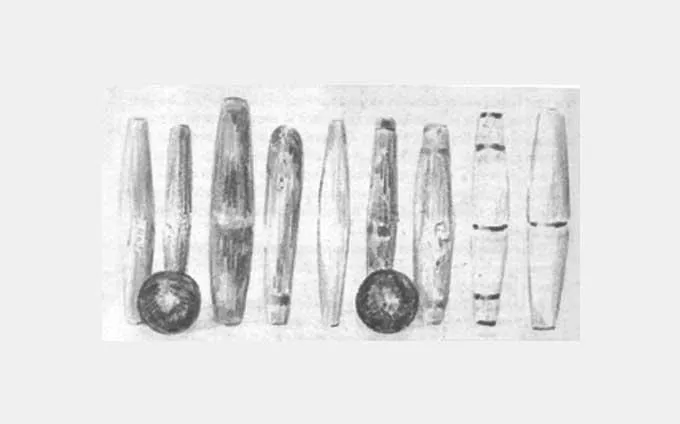
1910
Even though the newly born game of Candlepins was popular, there was little consistency between establishments. The sketch to the right shows the differing types and sizes of pins used the late 1800’s and early 1900’s.


1917
Here is a picture you haven’t seen! During World War 1 there was a shortage of pin”boys” due to the draft. Here you see pin “girls” Pearl LeCourt (left) and Betty Bonsey at the Old South Bowling Alleys, Boston, in 1917.
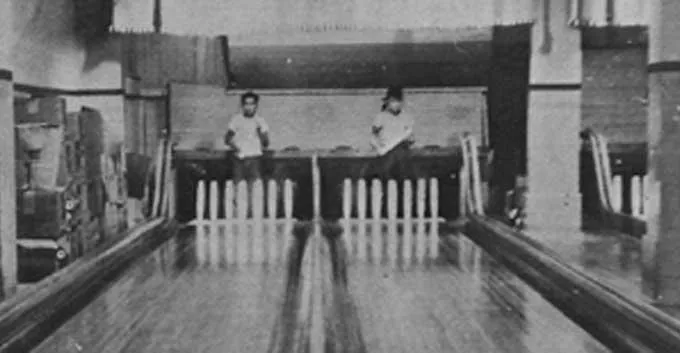
1953
This was what bowlers saw at the “alleys” until the year 1953. Even the most experienced and dedicated pinboys couldn’t set up pins exactly the same way every time, even though pin spots were used to guide them. When finished setting the 10 pins they would jump up to the high bench in back of the pits. During this era, city, state and world championship matches were quite common. Bowlers breaking records made newspaper headlines.


1960
The photo to the right shows lanes being built in 1960. It was taken during the construction of State Bowl, in Springfield, Mass in 1960.
Candlepin bowling , even though very popular, was in trouble. With a scarcity of people willing to set pins, many proprietors were forced to use 1 pinboy across many lanes. Earlier attempts to make a reliable automatic pinsetter failed. However, in 1947, Howard Dowd and
Lionel Barrow created the “Bowl-Mor” automatic pinsetter. For the first time in Candlepin history, pins were set up exactly the same every frame. Existing operations installed this equipment and by 1953, new bowling centers, commonly referred to as “Bowladromes”, began to be built everywhere.

1965
This photo of Bowl-Mor ( Model D ) pinsetters taken from Timber Lanes, Abington, Mass.


2000
This is a view of the back of a Bowl-Mor pinsetter.


The Present
This is a great photo of the top of a pinsetter and still working :)

